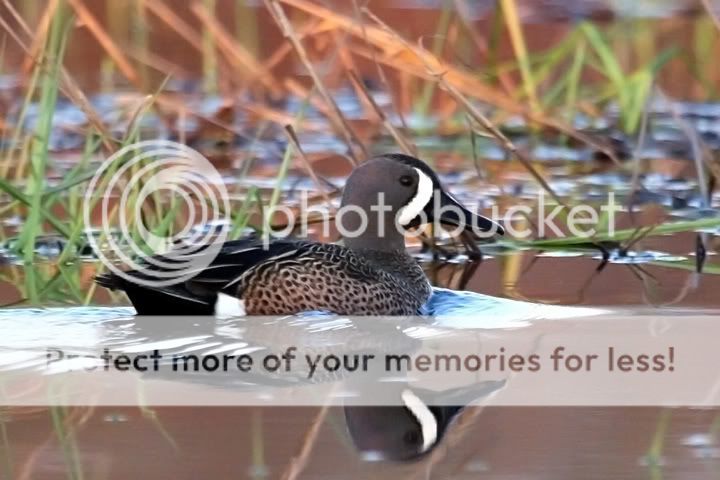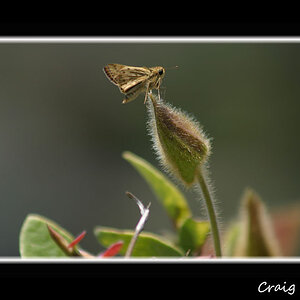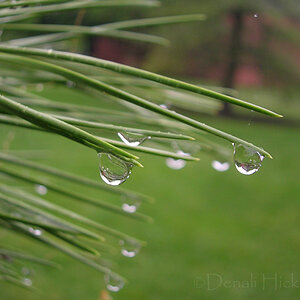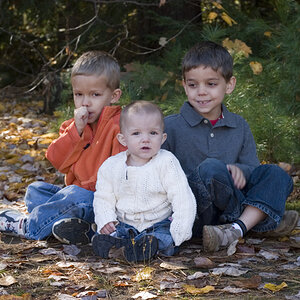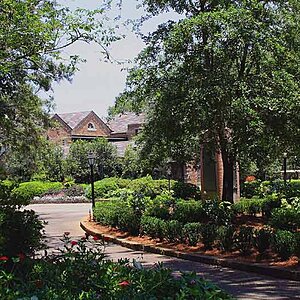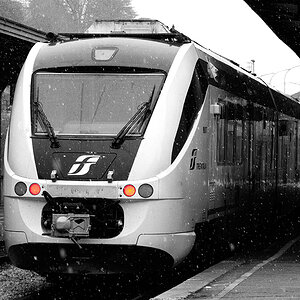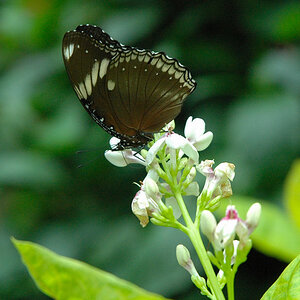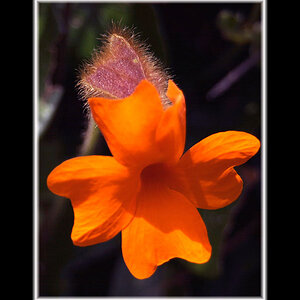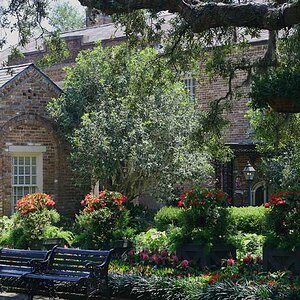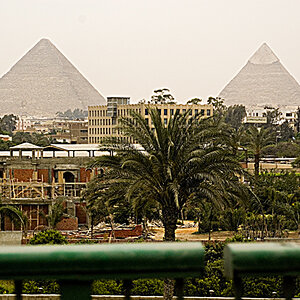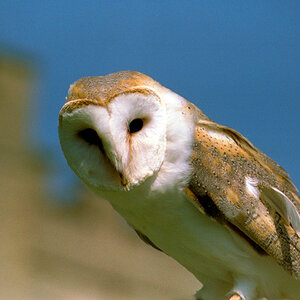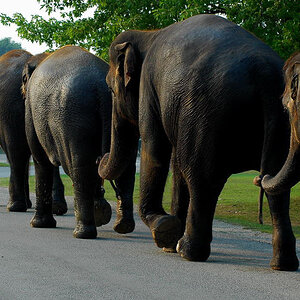Jim Stafford
TPF Noob!
- Joined
- Nov 30, 2008
- Messages
- 167
- Reaction score
- 0
- Location
- Lake Odessa, Mi
- Can others edit my Photos
- Photos OK to edit
I'm looking to buy my first good widlife lens. I've want to stay under $1500 and I do not mind used. I'm using a Canon XTi. With my current lens'(55-250 & 75-300) if I have good light and can get close enough I can do OK. Those are big ifs. My current doubler sucks, I don't mind hauling my mono pod or tripod. My abilities seem to be improving, I have had a lot of trouble in low light and auto servo focus issues, but I am getting better.
I'm torn between the F2.8 of the 70-200 L, the reach of the 100-400L and the cheaper Sigma series. I'll need either the 1.4 or 2x converter for the 200 for sure. Suggestions?
I'm torn between the F2.8 of the 70-200 L, the reach of the 100-400L and the cheaper Sigma series. I'll need either the 1.4 or 2x converter for the 200 for sure. Suggestions?






